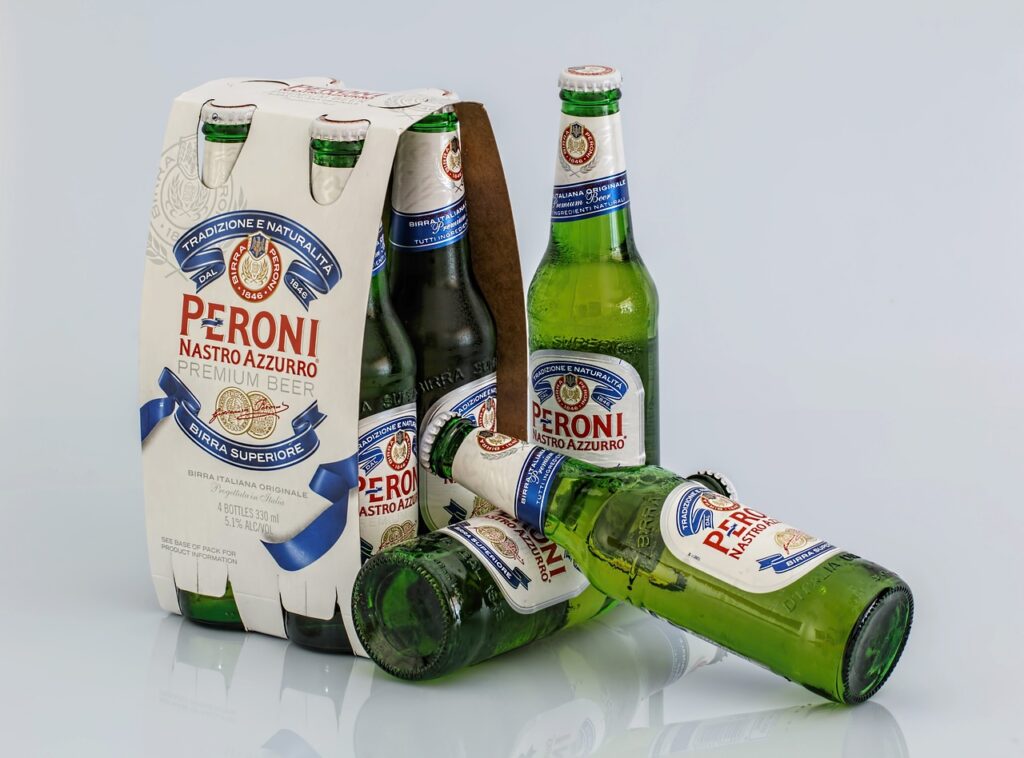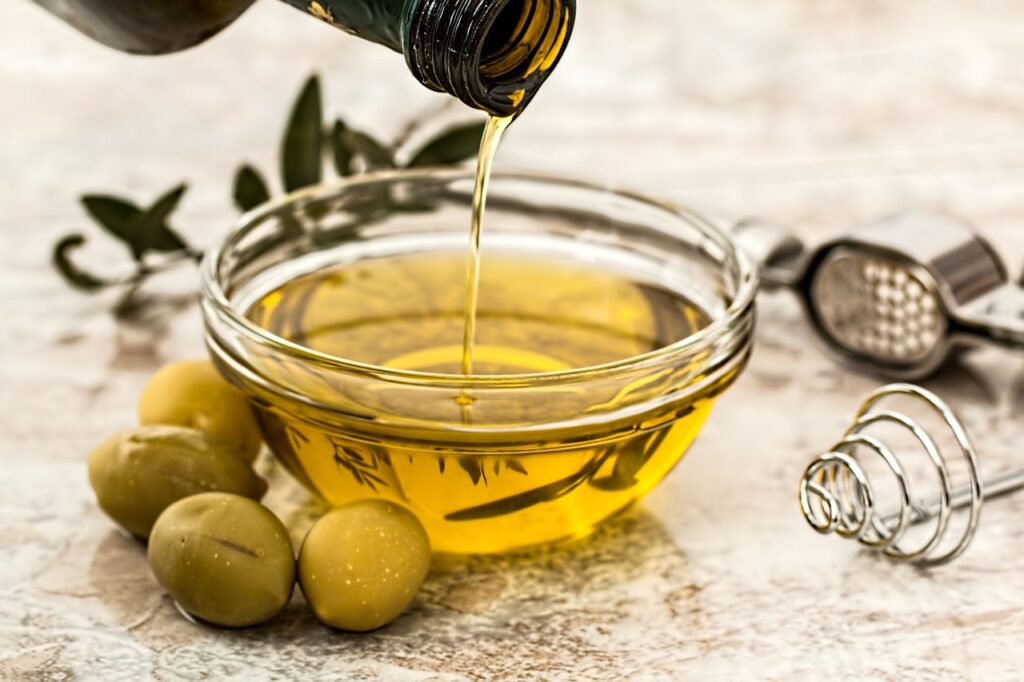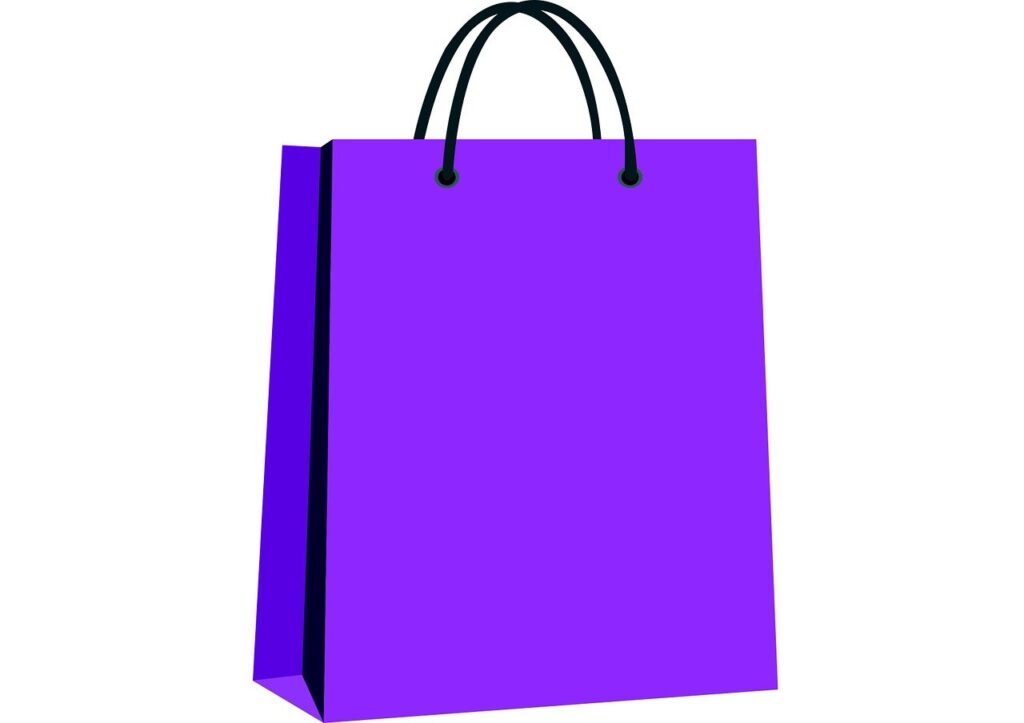How to Sell a Drink Product

How to Sell a Drink Product
Introduction
As we all know, drinks are an inevitable part of daily purchases in every store. But it is important to understand that selling a drink product goes beyond just having a good recipe; it’s about getting it in the hands of the right people.
Whether you are launching a new soft drink, a health beverage, or a specialty cocktail, you need to carve out your place in the competitive beverage industry.
There are tons of drinks available on the market, so to make your product stand out, you’ll need a solid strategy for branding, marketing, and distribution. By the end of this article, you should have a clear plan on how to sell your drink product and keep customers coming back for more.
Understanding Your Audience
The first step to selling any drink product is understanding where your product fits in the larger beverage industry. Different types of drinks appeal to different types of customers.
Are you selling a refreshing soft drink, an energy drink, or a health-conscious smoothie? Knowing your niche is very crucial because it informs you about everything else—from how you market your product to where you sell it.
It is important to ask yourself, “Who is going to buy this?” Are you targeting fitness enthusiasts, young adults, the elderly, or maybe even children? Identifying your target market helps you shape the way you present your drink.
- Stay Informed on Trends: You should always keep an eye on current trends. For instance, consumers are increasingly leaning toward beverages that are low-sugar, organic, or functional (think protein shakes or electrolyte boosters). On the flip side, there is still demand for other options like craft sodas or unique flavored drinks. Understanding these trends will help you position your product correctly.
- Conducting surveys, hosting taste tests, or even looking at your competition will give you a clearer idea of what consumers want, hence, giving you an idea of what you want to sell.
Standing Out in the Market
When you’re in a crowded market, your drink needs to have something that sets it apart from the competition. That’s where your Unique Selling Proposition (USP) comes in. You should ask yourself, “What makes my drink different?” Whether it’s the taste, ingredients, or even the packaging, this is what will help you stand out in a sea of options.
For example, is your drink made with rare, all-natural ingredients? Does it have a low-calorie count but still pack a flavor punch? These are the details that will draw in customers.
- Nail Your Branding: Branding is everything in the beverage industry. People are most often drawn to drinks that look good on the shelf, so it’s important to invest in attractive packaging that communicates your brand’s message. If you’re selling a health drink, for instance, you might want to use clean, minimalist designs with eco-friendly packaging. For a more youthful, fun drink, bright colors and bold fonts could be the right way to go.
Selecting the Right Sales Channels
Getting your drink into the hands of customers means choosing the right sales channels. Not every drink is sold the same way, and where you choose to sell will have a big impact on your success. To sell effectively, try the following:
- Explore Retail Options: Supermarkets, grocery stores, and convenience shops are the traditional routes for selling beverages. You should reach out to retail buyers or wholesalers who can help you get your product into these stores. Keep in mind that they may ask for samples to test how well your drink will sell on their shelves.
- Expand Online: Selling online has become a must. You can set up your own website or use platforms like Amazon, Orah, and other trusted e-commerce platforms to reach a wider audience. This is especially important if your drink is niche or specialty, as people outside your local market may be interested in purchasing it.
- Think Local Partnerships: Another strategy is partnering with local eateries and cafes that would be interested in offering your drink on their menu. For example, your health-focused beverage could be a great fit for a local juice bar, or your premium soda might complement the menu at a trendy café.
Finding the Right Price Point
Pricing your drink is a critical step that can’t be overlooked. You need to strike a balance between covering your costs and staying competitive in the market.
Do Your Research: It is important to look at what similar drinks are selling for. If your drink uses premium ingredients or has a unique selling point, you can likely charge more than a standard soda. But then, if you’re selling something similar to what is already on the market, you will definitely need to price competitively.
Focus on Perceived Value: Another strategy is to consider value-based pricing, where the price is based on how much value the customer believes they’re getting. For instance, health-conscious consumers are often willing to pay more for drinks that promote wellness or contain organic ingredients.
Spreading the Word
No matter how good your drink is, people won’t buy it if they don’t know it exists. That’s why a solid marketing strategy is crucial.
Leverage Social Media: Social media platforms are great tools for creating traffic around your product. You can share posts that highlight your drink’s unique features, show behind-the-scenes footage of the production process, or even run contests and giveaways. Collaborating with influencers who align with your brand can also bring in new customers.
Offer Samples: People are more likely to buy something they’ve tried and liked. Offering free samples at local events, markets, or even partnering with other businesses to include your drink in a bundle deal is a smart way to get people to taste your product.
Create Repeat Buyers: Encouraging repeat business is key to long-term success. You should consider creating a loyalty program where customers can earn points for every purchase, eventually leading to discounts or free products. Also you could offer referral programs, where customers get rewarded for getting their friends and family to try your drink.
Maintaining Quality and Customer Satisfaction
One key to selling a drink product—and keeping it selling—is maintaining customer satisfaction. Once you’ve made that first sale, you have to ensure that your customers are happy so they keep coming back.
Consistency Above All: The taste, quality, and presentation of your product need to be consistent with every bottle or can. Customers should know exactly what to expect each time they purchase your drink.
Value Feedback: It is important to listen to your customers’ feedback, whether through reviews, social media comments, or direct contact. By staying in tune with what people think about your product, you can make necessary improvements.
Conclusion
Selling a drink product may seem like a huge challenge, but with the right approach, it can be a rewarding venture. Understanding your market, creating a clear USP, and finding the right sales channels are just a few steps in the process.
By pricing your product correctly and promoting it effectively through both traditional and digital platforms, you can get your drink into the hands of eager customers. And as you continue to grow, remember that keeping your customers happy and maintaining product quality are key to long-term success.






Responses